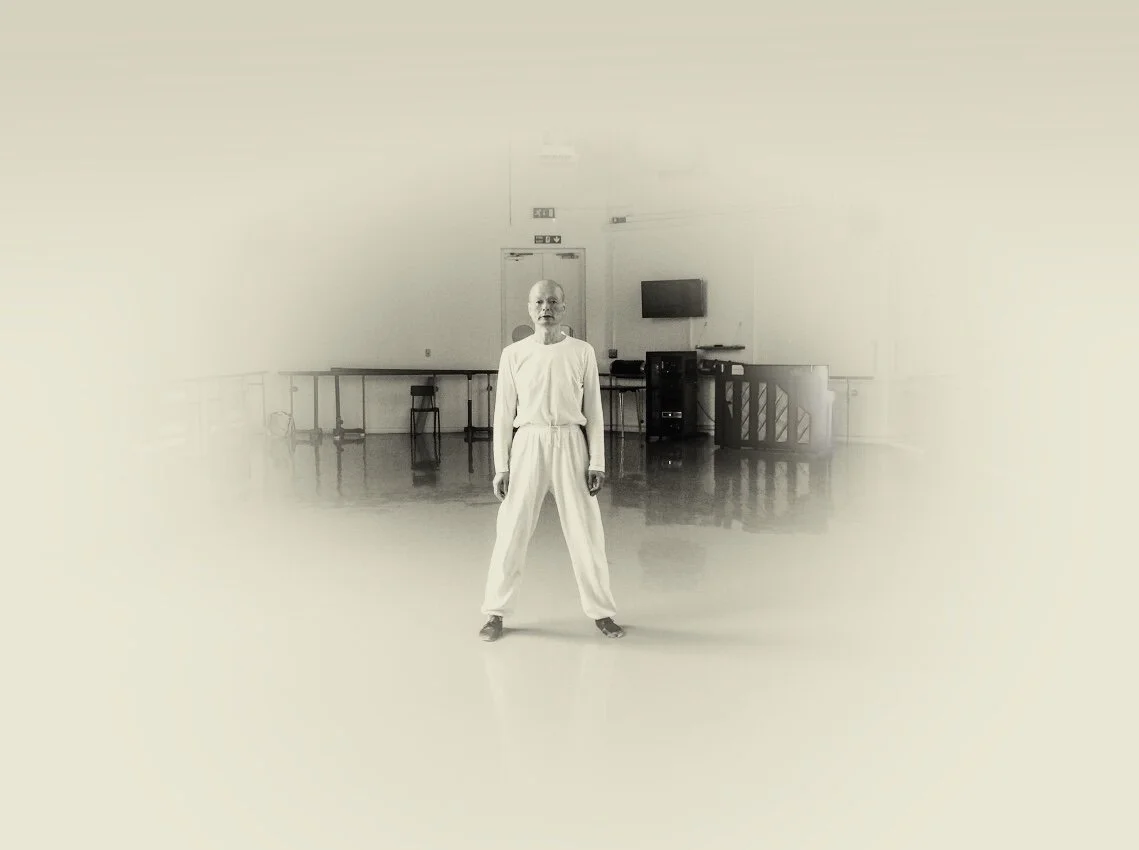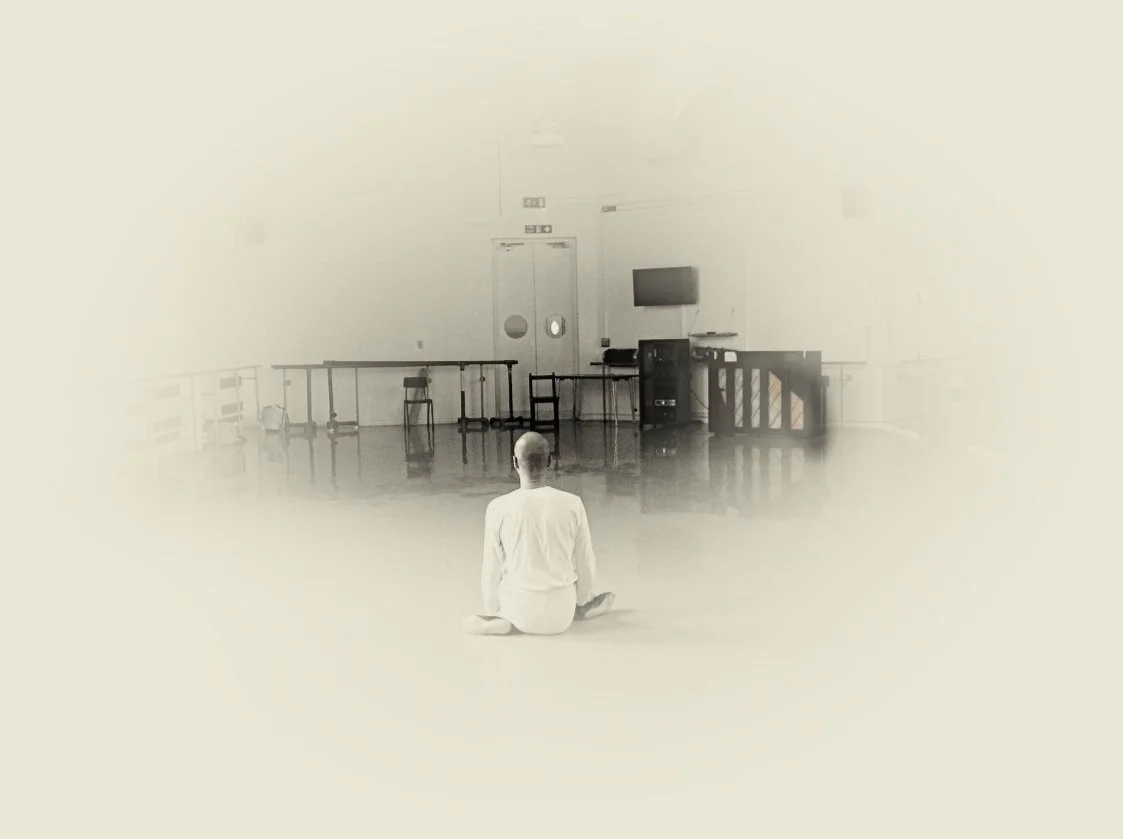El secreto de la Flor
Sankai Juku senior dancer Seminaru teaching at El secreto de la Flor, formerly known as Asian Performing Arts UK, London, UK, 2014. Photo by Florencia Guerberof ©2026.
"When at the beginning of summer, thunder comes rushing forth from the earth again, and the first thunderstorm refreshes nature, a prolonged state of tension is resolved. Joy and relief make themselves felt. So too, music has power to ease tension within the heart.
The enthusiasm expresses itself involuntary in a burst of song, in dance and rhythmic movements of the body. In the Temple men drew near to God with music and pantomimes. Out of this later the theatre developed."
The I Ching, Hexagram Yu
Sankai Juku senior dancer Seminaru teaching for APA, London, UK, 2014. Photo by Florencia Guerberof ©2026.
El Secreto de la Flor is a dance theatre company offering workshops, talks, screenings, and performances by renowned masters and contemporary choreographers from Eastern and Western performance practices. Its name is inspired by Japanese Noh theatre and Zeami’s conception of the actor’s craft as the mastery of the “secret of the flower,” an unfathomable quality — the Chinese-Japanese notion of Yūgen, meaning “to be so mysteriously faint and profound as to be beyond human perception and understanding.”¹
Founded by Florencia Guerberof in London in 2012 (formerly Asian Performing Arts UK), the company initially focused on Asian culture, with a predominant emphasis on traditional Asian theatre and Japanese Butoh. It has since broadened its scope to explore forms from diverse cultural backgrounds, drawing on the vital forces channelled through street dances rooted in African culture, the sharp precision and intensity of flamenco, and the deep emotional connection shared by two bodies embracing in Argentine tango. Its primary concern remains performance emerging from within, with the outward form arising from the body’s primal forces. The body is danced by the unseen.
Theatre and dance have a sacred origin. Over time, these rituals have become secular, stylised, and transformed into art forms; nevertheless, it is vital to rescue them, for they bear something essential, profound, and timeless. This was envisioned by Artaud, who, deeply moved by them, described “a great metaphysical fear which is at the root of all ancient theatre.” In the spectacle of Balinese theatre, actors appear in their spectral aspect and are seen through a hallucinatory perspective. “A kind of terror seizes us at the thought of these mechanised beings, whose joys and griefs seem not their own but at the service of age-old rites, as if dictated by a superior intelligence.” He ultimately distinguished “the Oriental theatre of metaphysical tendencies” from “the Occidental theatre of psychological tendencies.”
Asian culture has a distinctive way of engaging with time. The Japanese word Ma denotes the space between things: in conversation, we pause to breathe and reflect; in music, intervals break the phrases; in dance, a movement may stop before the next unfolds. Silence and stillness are essential elements in the art of subtlety, where the slightest detail manifests an entire universe. In the body of the Asian performer, energy concentrates in the centre. The feet, like roots, absorb power from the ground. In Indian dance and drama, the gaze plays a crucial role: from a determined look, a particular movement flourishes. Delicate movements of the eyes and hands become embodied expressions of something mesmerising and supernatural.
Past research undertaken by the company compared the diverse rhythms and shared ground among Kabuki, Butoh, Noh, Topeng, Kathak, and numerous other Asian theatre forms. Today, non-Western and Western forms connect so that both worlds may continue feeding each other creatively within a contemporary context.
From this project, we hope that a new and profound form of theatre will flourish.
Florencia Guerberof
Footnotes
Asaji Nose, Eugene Ron, Tokyo, 1944, p. 1, cited in Andrew Tsubaki, The Journal of Aesthetics and Art Criticism, Vol. XXX, Fall 1971, p. 58, “Zeal and the Transition of the Concept of Yūgen: A Note on Japanese Aesthetics.”
Antonin Artaud, The Theatre and Its Double, trans. Mary Caroline Richards (New York: Grove Press, 1958), 52–56.

